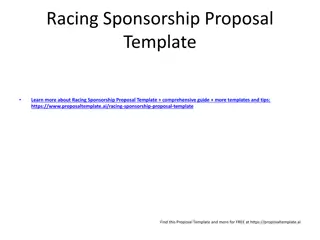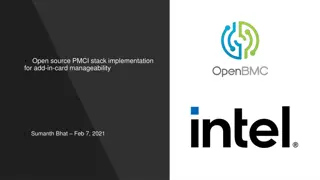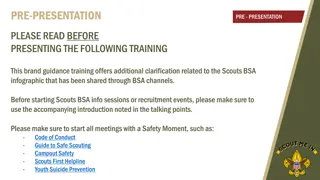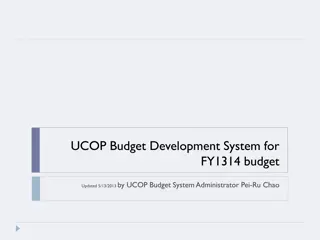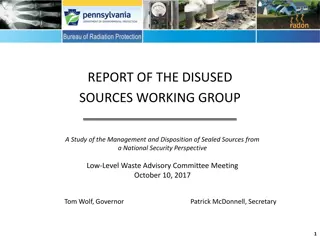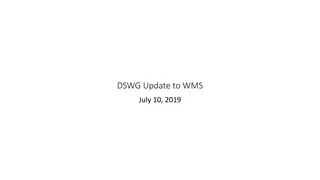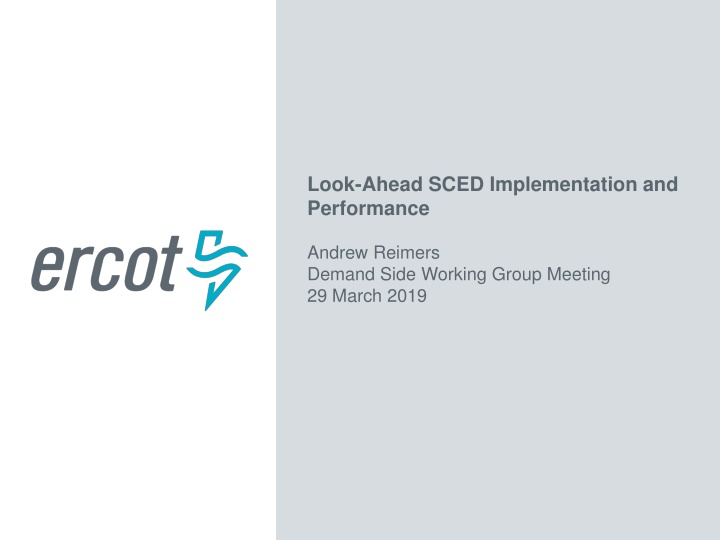
Look-Ahead SCED Implementation and Performance
Explore how Look-Ahead SCED works, its utilization, and the sources of error it encounters, including insights on LASCED performance estimation. Learn about the intricacies of running LASCED for forecasting prices and the factors affecting its efficiency.
Download Presentation

Please find below an Image/Link to download the presentation.
The content on the website is provided AS IS for your information and personal use only. It may not be sold, licensed, or shared on other websites without obtaining consent from the author. If you encounter any issues during the download, it is possible that the publisher has removed the file from their server.
You are allowed to download the files provided on this website for personal or commercial use, subject to the condition that they are used lawfully. All files are the property of their respective owners.
The content on the website is provided AS IS for your information and personal use only. It may not be sold, licensed, or shared on other websites without obtaining consent from the author.
E N D
Presentation Transcript
Look-Ahead SCED Implementation and Performance Andrew Reimers Demand Side Working Group Meeting 29 March 2019
How does Look-Ahead SCED work and how is it used? Look-Ahead SCED (LASCED) uses the following information to give an indication of prices an hour into the future: Short term load forecast Current wind and solar output Ramping constraints COP status LASCED is non-binding but can give an indication of future prices for market participants Distinct from a multi-interval SCED 2 PUBLIC
How does LASCED work? LASCED is run for 11 five minute intervals starting with the current SCED interval LASCED GTBD ? = ???? ???? ???????0+ ????? ????0 + ?????? ?????0 ? = 1 ? > 1 Intervals are solved in series, and resource base points from LASCED interval n are used as inputs to interval n+1 First LASCED interval sees the same inputs as SCED Current wind and solar HSL are used for all 11 LASCED intervals 3 PUBLIC
Sources of error for LASCED Demand or wind/solar forecast error Unit shutdown profile If a unit is shown as ON in the current hour and OFF in the next, the LASCED shutdown process forces the unit off in the first five mins of the next hour if it can be ramped down to its LSL at the hour boundary Otherwise, the unit is ramped down to its LSL and then shut down Sometimes units show OFF in the following hour but keep running through much of the hour, which can lead to a false price spike in LASCED If a resource telemeters STARTUP, it is assumed to be ON for intervals in the next hour regardless of COP status Unplanned outages can cause real-time price spikes that aren t predicted in advance by LASCED Transmission constraints persist through LASCED intervals 4 PUBLIC
How well does LASCED perform? 5 PUBLIC
LASCED performance can be estimated based on how well it predicts price spikes or predicts prices within a certain range of SCED Price spikes > $100 Price differences > $100 These figures use data from August 2018 to March 2019 6 PUBLIC
LASCED performance can be estimated based on how well it predicts price spikes or predicts prices within a certain range of SCED Price spikes > $200 Price differences > $200 These figures use data from August 2018 to March 2019 7 PUBLIC
LASCED performance can be estimated based on how well it predicts price spikes or predicts prices within a certain range of SCED Price spikes > $500 Price differences > $500 These figures use data from August 2018 to March 2019 8 PUBLIC
LASCED performance can be estimated based on how well it predicts price spikes or predicts prices within a certain range of SCED Price spikes > $1000 Price differences > $1000 These figures use data from August 2018 to March 2019 9 PUBLIC
LASCED error as a function of minutes ahead can be partly explained by difference in GTBD This figure uses data from August 2018 to March 2019 10 PUBLIC
How does recent LASCED performance compare to prior implementation? 11 PUBLIC
The following aspects of LASCED were changed in summer 2018 Wind forecast was changed from weighted average of last fifteen minutes of wind output and short-term wind power forecast to using SCED HSL Prior LASCED GTBD ? = ???? ???? ? = 1 ?????+ ?????? ? > 1 Current LASCED GTBD ? = ???? ???? ???????0+ ????? ????0 + ?????? ?????0 ? = 1 ? > 1 Intervals were optimized together rather than independently in series 12 PUBLIC
The mean absolute error (MAE) of LASCED GTBD has improved, but price predictions have not 13 PUBLIC
A disproportionate amount of pricing errors are associated with the first SCED interval of the hour Appx 3.5x more likely than random distribution Shutdown logic could force units off earlier in LASCED than in real-time Resource AS responsibilities for the next hour are based on COP and may differ from real-time 14 PUBLIC
Conclusions Efforts to improve LASCED have focused on inputs that we can control Improving GTBD forecast Using more realistic ramping constraints by solving LASCED intervals sequentially Will evaluate whether short-term wind forecasts could improve performance It s unclear how to predict which constraints will be active in future intervals without adding new sources of error We re investigating common sources of prediction errors that can be effectively addressed 15 PUBLIC

![❤[READ]❤ Deep Space Craft: An Overview of Interplanetary Flight (Springer Praxis](/thumb/21511/read-deep-space-craft-an-overview-of-interplanetary-flight-springer-praxis.jpg)



